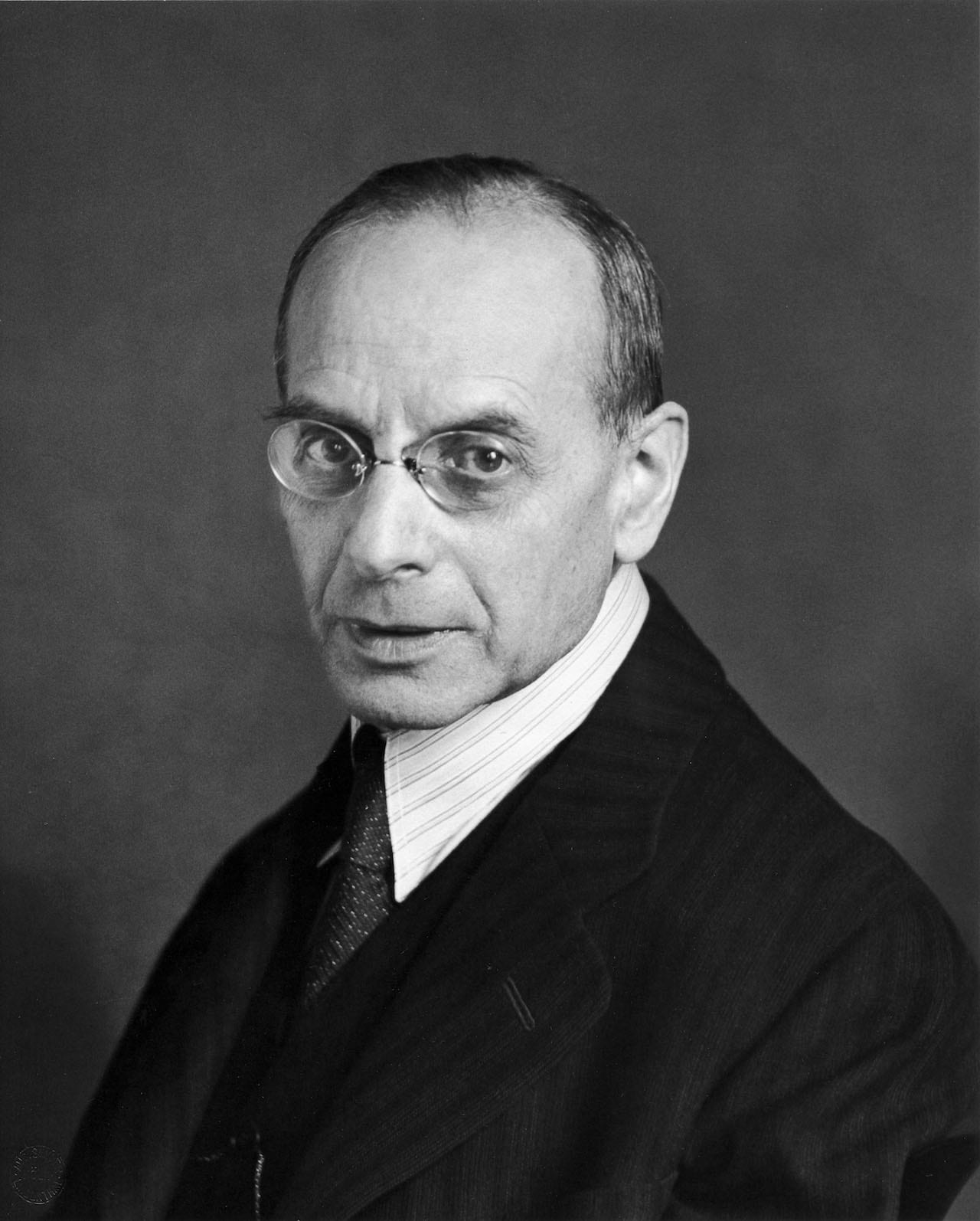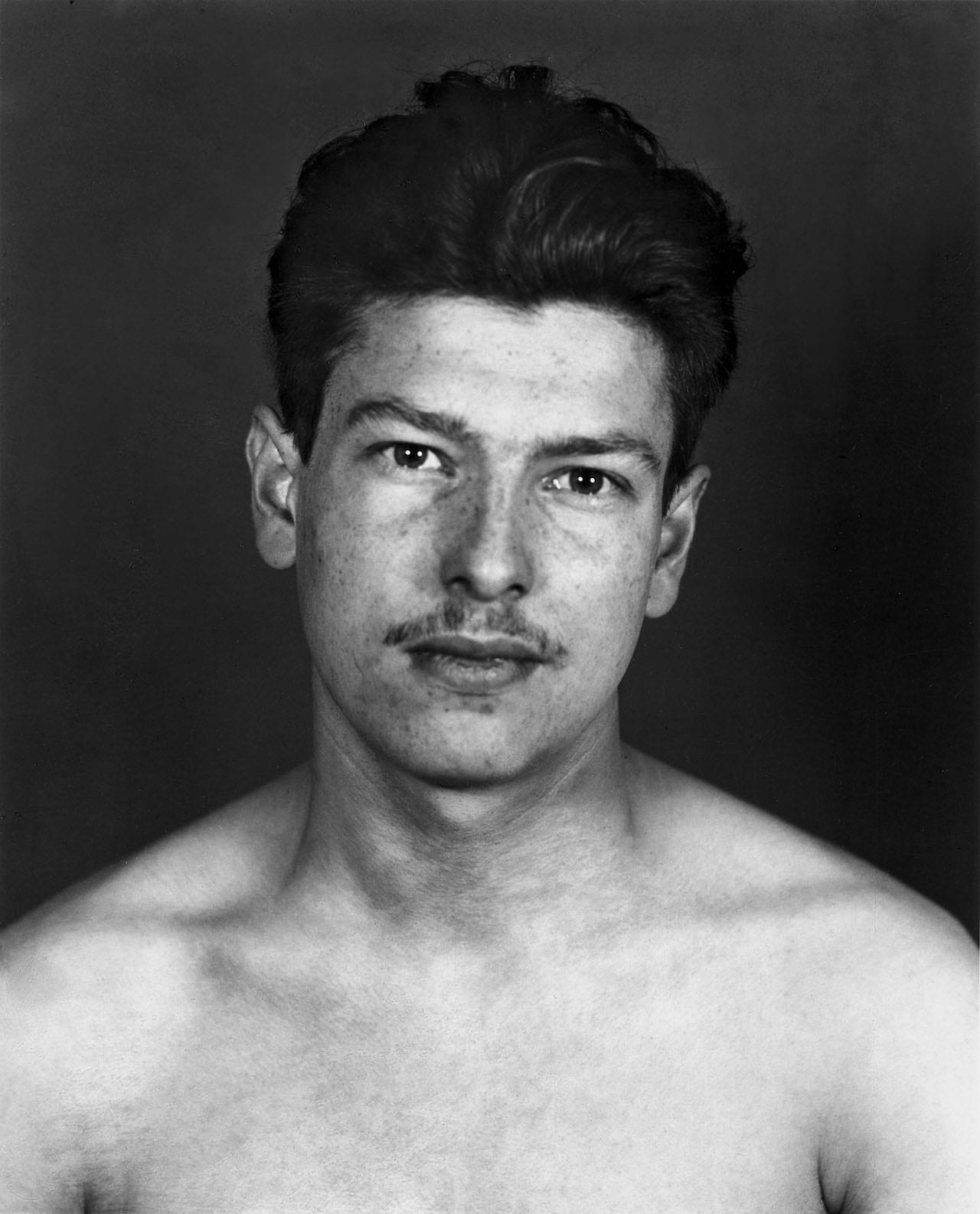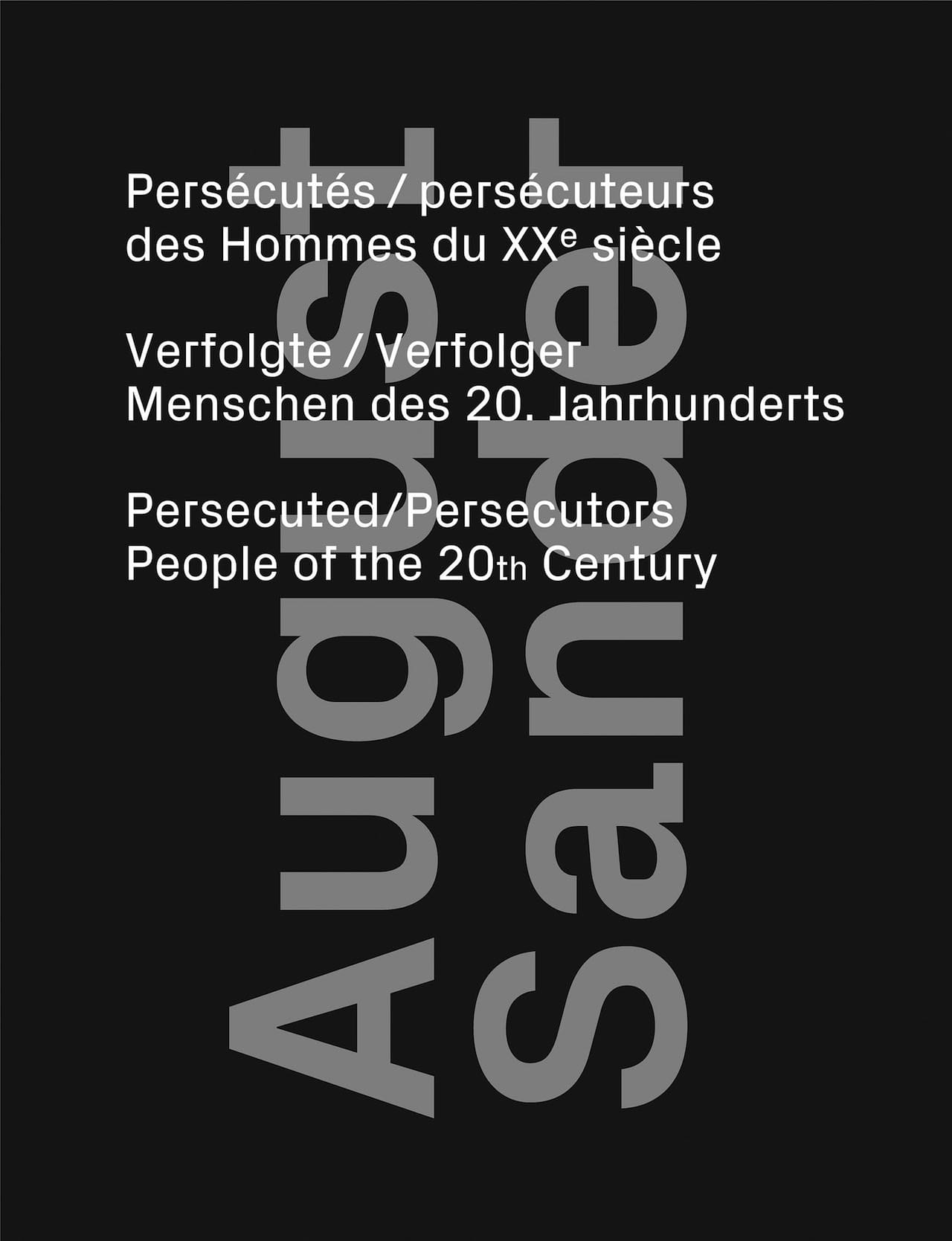“Nothing seemed to me more appropriate than to project an image of our time with absolute fidelity to nature by means of photography… Let me speak the truth in all honesty about our age and the people of our age.” These are the words of August Sander, one of the most poignant figures in the history of photography, best-known for his ambitious, lifelong project, where he sought to create a comprehensive photographic work that faithfully represented the physiognomy of German society.
People of the 20th Century, as it was eventually named, is an attempt at a social portrait of the everyday German man and woman living in the 1900s – a period of time which, unbeknownst to the photographer at its inception, would give way to two world wars, the largest migration of people in human history, and ethical, economic and political hysteria.
Sander is remembered for defining individuals (photographically) according to their professions and class, all having a unique role to play in society. With a vision to capture this arrangement as a concise representation for future generations to look back on, he placed each ‘type’ of person within one of seven categories: the farmers; the skilled tradesmen; women; classes and professions; the artists; the city; and the last people (the homeless).
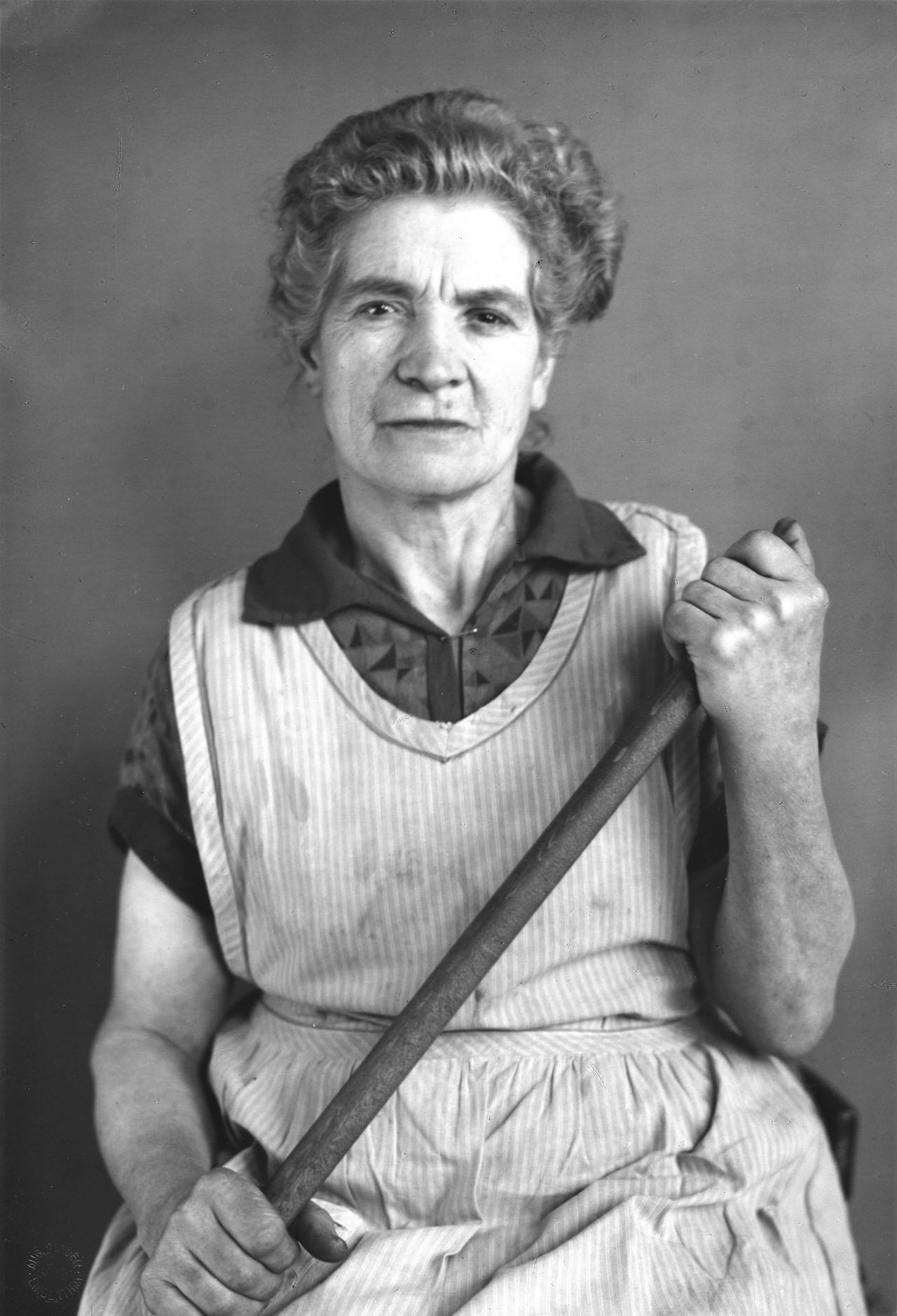
In these first chapters of his work, his subjects were often photographed in an environment matching their profession; the pastry cook in the kitchen, and the proletarian mother holding a baby outside her front door, for example. “Sander’s pictures are marked by a photographic respect which allowed room for the habitus of those depicted with their respective positions in society, positively inscribed in their body language as it was,” writes Gabriele Betancourt Nuñez, a professor at Hamburg University, in the latest book.
The first reveal of Sander’s work manifested in 1929, in a book titled Face of Our Time. But in 1936, all the publications containing the 60 portraits were confiscated and destroyed by the Nazis, along with 40,000 negatives. Although the book included seemingly neutral portraits of Nazi officers, this in itself was the cause of offence to an ideology that claimed superiority above all others. Even so, Sander spent the rest of his life working on his social document, despite periods of forced hiatus as a result of pressure from the authorities condemning what he was trying to do.
New chapters were added: The Persecuted, photographs for new identity cards of persecuted Jews; Political Prisoners, images taken by Sander’s imprisoned son, Erich, who died in jail in 1944, near the end of his 10-year sentence; Foreign Workers; and National Socialist, taken before and after the Second World War. The final chapter, The Last People – Idiots, the Sick, the Insane and Matter, reached those on the very fringes of society. We find these portraits most often taken in a studio, against a plain background, with no distinction of place.
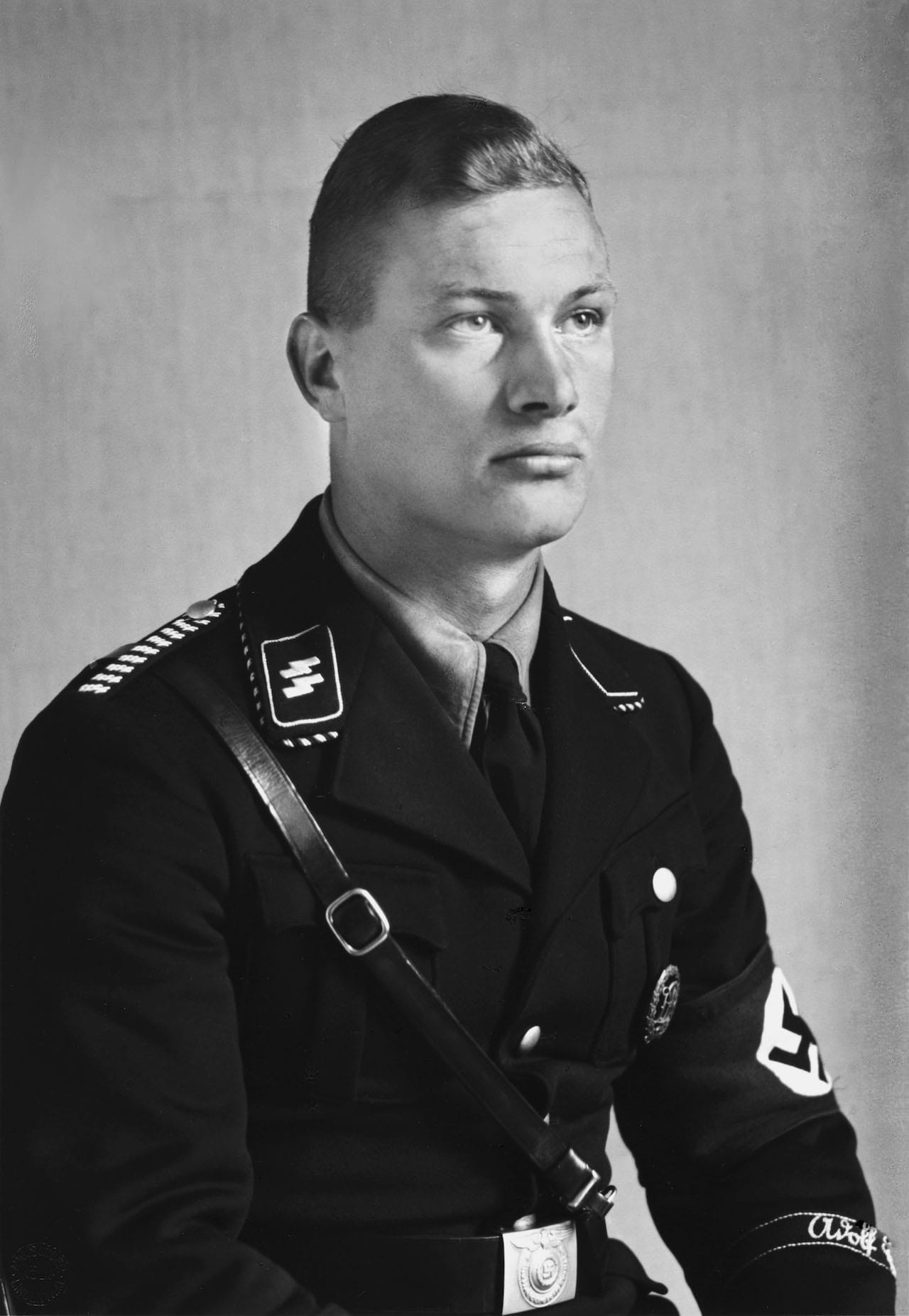
Now for the first time, these chapters from the 1930s and 40s have been collated in a new book, Persecuted/Persecutors: People of the 20th Century, along with examples of the original seven chapters from the 1920s, published by Steidl and The Shoah Memorial [the Holocaust museum in Paris]. As with Face of Our Time, each photograph is presented with equal value, the elite placed alongside the commoner, the murderer and the victim, the persecuted next to the persecutors. Time has passed, but some may still consider drawing a parallel between these contrasting subjects as problematic.
Steidl’s introduction succinctly summarises: “They are portraits of dignified men and women, victims of an ideology taking their rightful place as ‘people of the 20th century’ in defiance of Nazi efforts to ostracise them.” The knowledge we have now of history, and our ability to infer the stories of many of the photographed individuals, makes this weighty book much more than the physiognomical document the images were intended for.
The photographs are also interspersed with numerous essays, letters, contact sheets and detailed portfolio captions, ending with an image of Erich Sander’s death mask, “significant as a memento mori and, at the same time, as a political indictment”, writes Betancourt Nuñez. She adds: “Sander’s devotion to the Menschen des 20 Jahrhunderts… thus comes to represent a great effort of remembrance and mourning.”
August Sander, Persecuted/Persecutors: People of the 20th Century is published by Steidl, priced €30 steidl.de www.memorialdelashoah.org/en/english-version.html This article was first published in the January issue of BJP www.thebjpshop.com
